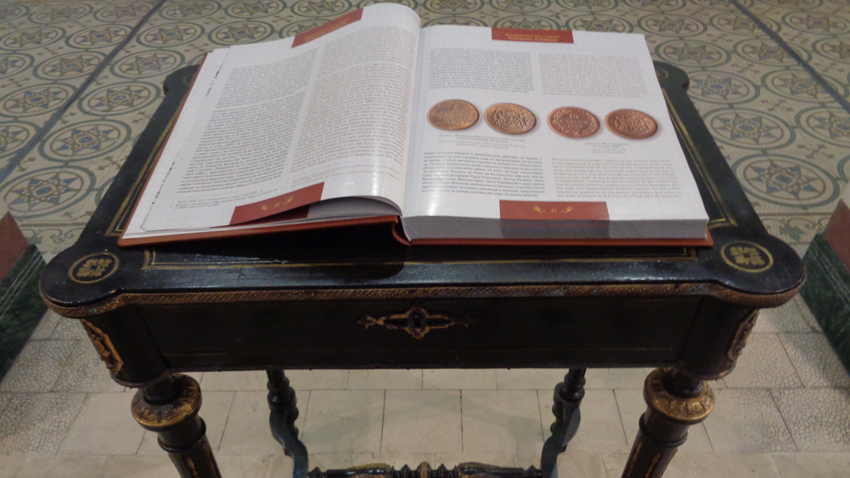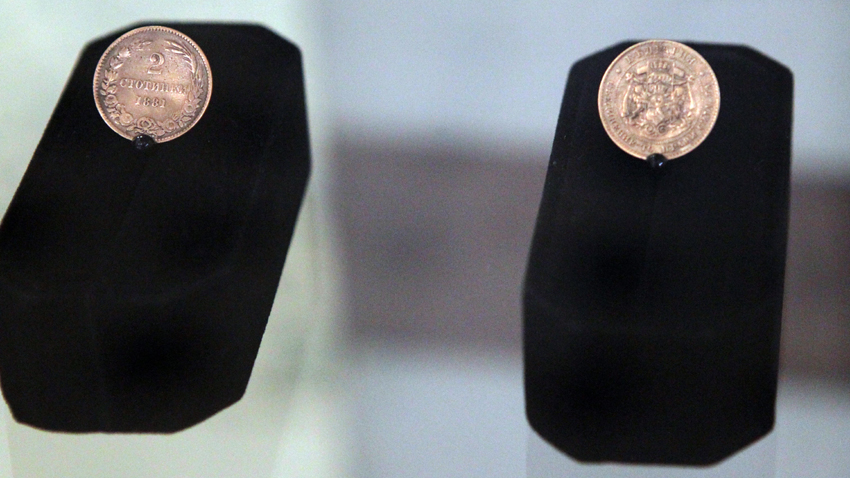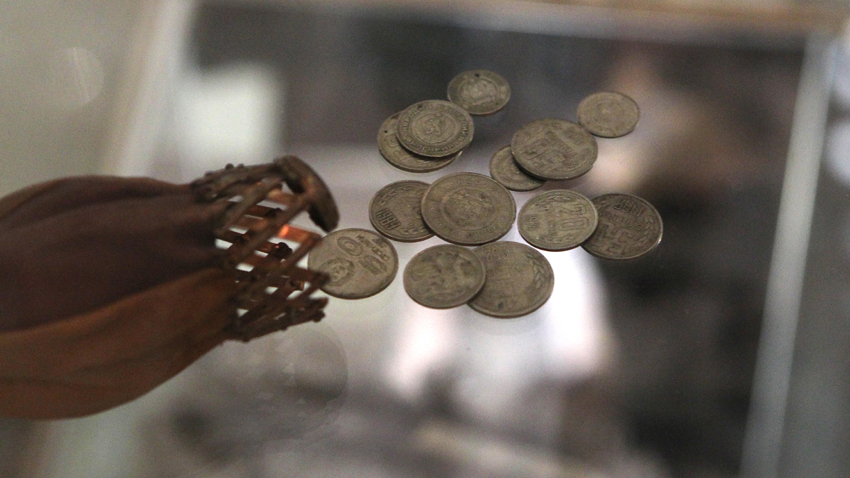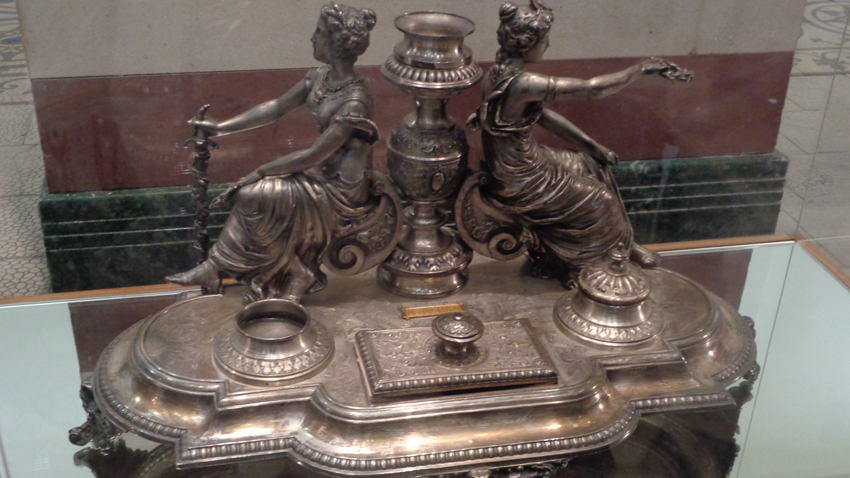The 137th anniversary of Bulgaria’s Liberation was a good occasion for the unveiling of a numismatic exhibition, named Before Bulgarian Lev /Unseen Coins/ at the Museum for History of Sofia. Some of the samples were shown to the public for a first time.
“This year we mark the 135th anniversary since the beginning of coinage after the Liberation,” says Director of the Museum Dr. Nadezhda Kirova-Yovcheva. “In fact the best thing we show, not seen before, is the trial coin that never actually entered into circulation. We are talking about the centime here. It reflected the struggle between two different groups of MPs back then, who wandered between a pro-Western currency and one, related to our national identity.”

The debate was whether the coin would be the centime, coming from the French franc, or else. Luckily, the majority of the MPs opted for the lev as a national currency. The lev /lion/ name came from the majestic lion – an ancient heraldic symbol of Bulgaria. As far as the 10 centime coin, cut in 1880, is concerned, it is extremely rare. It is considered to be the predecessor of the lev /1/100 of it/. The initial copper coins were cut by a Birmingham company and those entered into circulation in 1881.

“We see a rare example of how Bulgaria literally resurrected out of nothing in the years right after the Liberation,” Deputy Mayor of Sofia Municipality Todor Chobanov points out. “The main institutions were established in really short terms, even from the modern point of view. They had laws and regulations written and the extremely important issue on the currency had to be solved. You know that this is a part of each country’s sovereignty. Thus national symbols are determined, the significance of the newly born state found its place in the public spirit as well… The debate was serious, but patriots won it and so Bulgaria had its contribution to Europe’s coinage. The Bulgarian currency was convertible in any sense.”

Here is what renowned historian and numismatist Ilya Prokopov says:
“The first silver coins of the Principality of Bulgaria were cut in Russia. There is not a lot of data on those; we try to find anything we can. Just to remind, the 50 cent /stotinka in Bulgarian/ coin was so powerful that one could buy a lamb with it. Then half of the coin’s value could be restored by selling the lamb’s fur. The 2, 5 and 10 stotinka coins were the most used and the most worn out ones respectively. Those grounded Bulgaria’s commercial life.”

One more curious thing: a gold coin of 100 leva, cut by the Principality of Bulgaria was enough for a house in Sofia. “The lev and stotinka currency meant pride. We were practically part of Europe – one could take the train, go to Paris and exchange money at the first bureau spotted…” Ilya Prokopov says in conclusion.
English version: Zhivko Stanchev
Photos: Veneta Pavlova and BTAOn January 17, the Orthodox Church honors the memory of St. Anthony the Great – a zealous advocate of Christianity. At an advanced age, he took part in the Church's struggle against the Arian heresy. Anthony got into an open dispute with the..
His Eminence Metropolitan Anthony of Western and Central Europe and BNR Director General Milen Mitev signed a Memorandum of Cooperation at the headquarters of the Bulgarian Orthodox Church Diocese of Western and Central Europe in the German capital,..
The Aprilov National High School in the beautiful Bulgarian town of Gabrovo nestled in the foot of the Balkan Range celebrates its 190th anniversary in 2025. Following in the traditions of the Gabrovo Mutual School – the first secular school in..
On January 17, the Orthodox Church honors the memory of St. Anthony the Great – a zealous advocate of Christianity. At an advanced age, he took part..
The only chapel in the country to bear the names of Saints Anthony and Atha nasius is in Sandanski, and its consecration will be performed by His..
On the eve of St Athanasius' Day, one of the churches on the outskirts of Sofia is already preparing to welcome His Holiness the Metropolitan of Sofia and..

+359 2 9336 661
